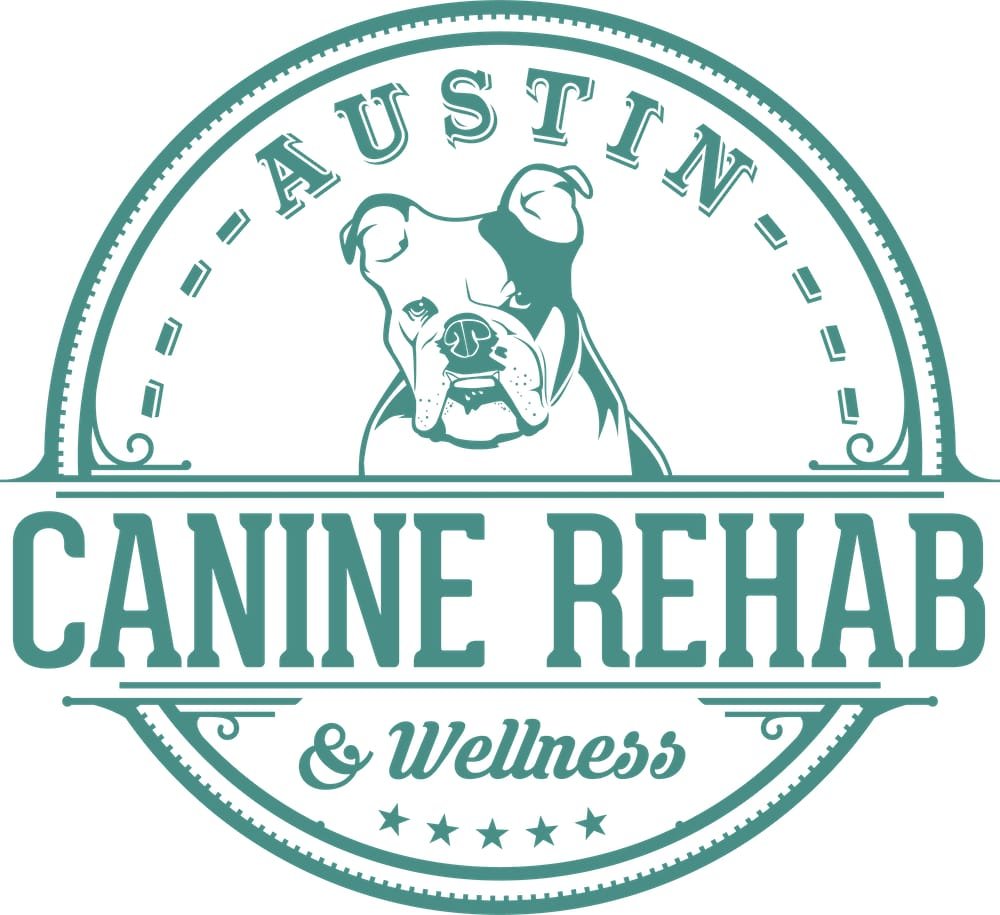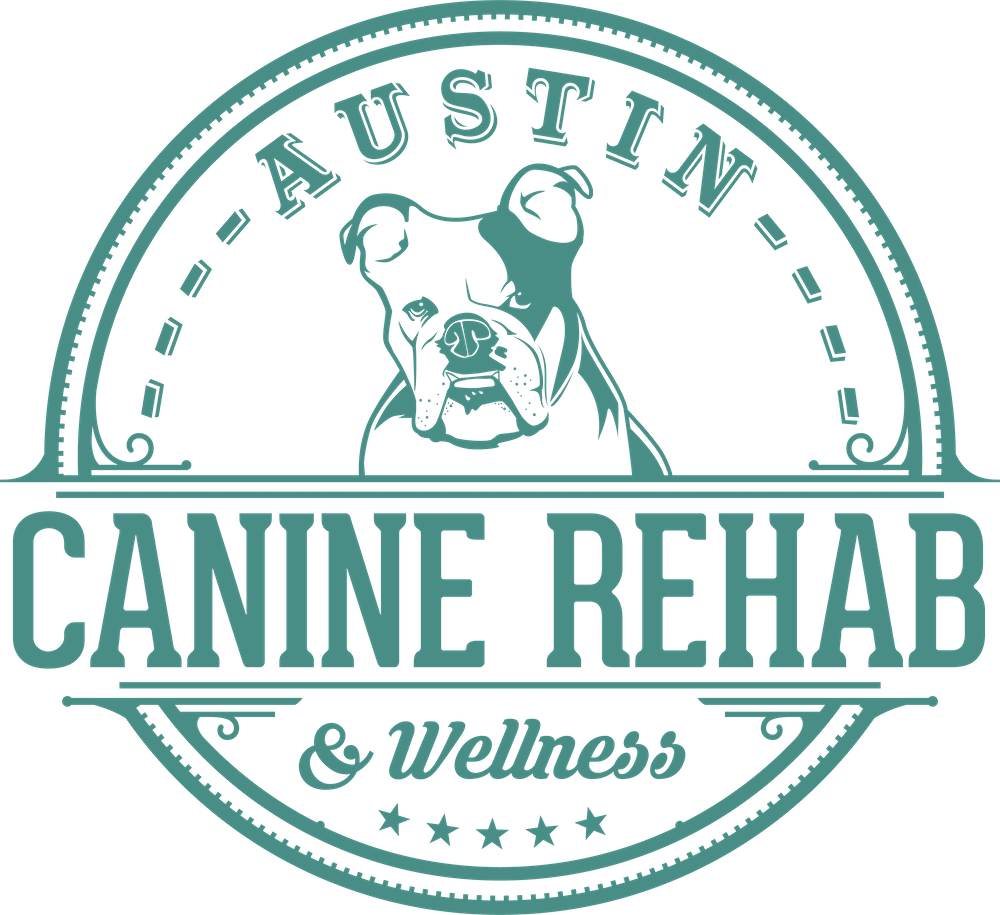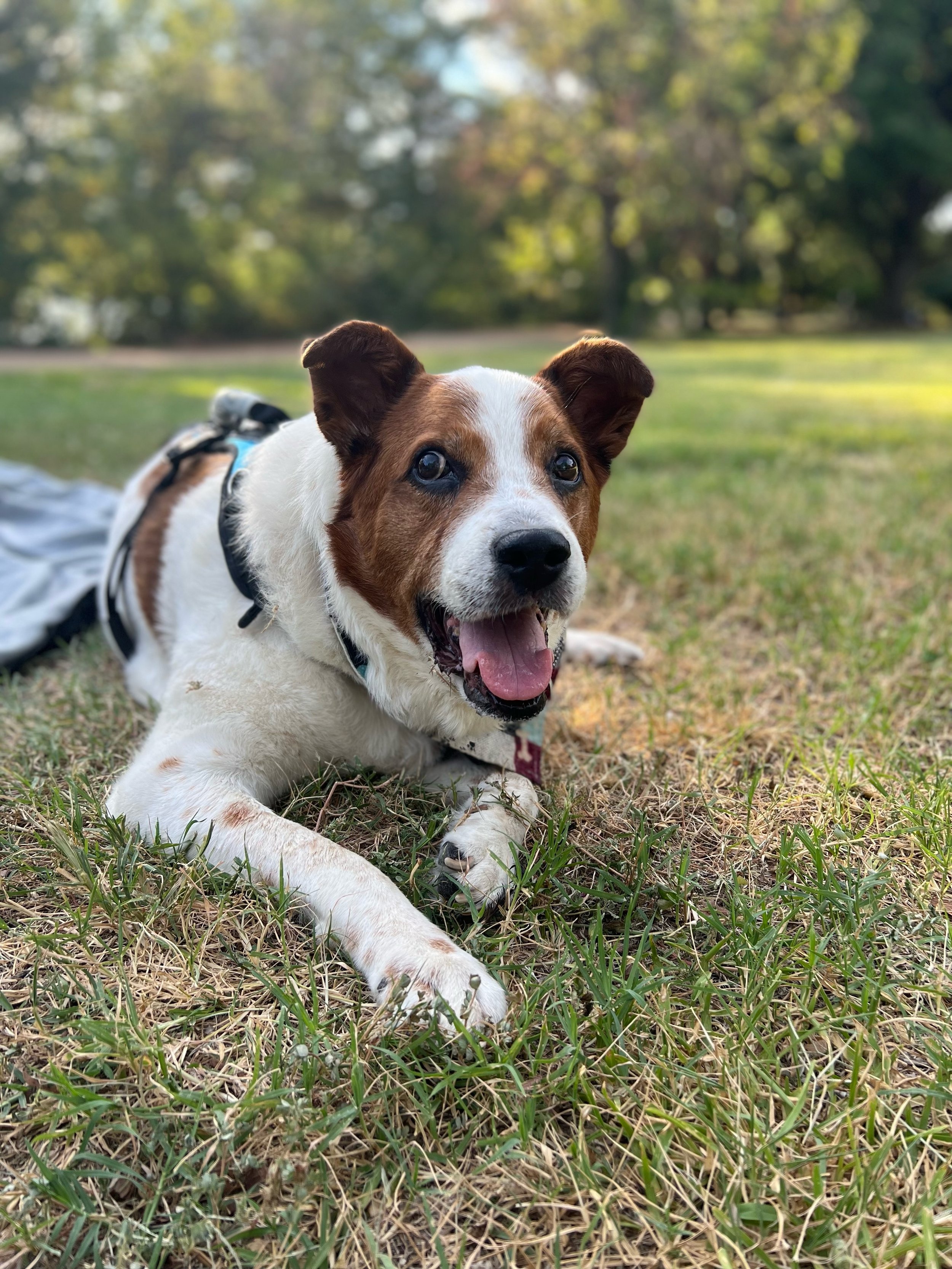Degenerative Myelopathy in Dogs: Symptoms, Care, and Management
Degenerative myelopathy (DM) is a progressive neurological condition that affects dogs. Often, DM leads to significant mobility challenges, and there is no cure for this disease. For context, DM in dogs can be compared to ALS, or Lou Gehrig’s disease, in humans.
The diagnosis of degenerative myelopathy in a dog is a heartbreaking development for the dog’s owners. At Austin Canine Rehab, we sympathize with all who are in this position and want to do our part to improve the quality of life for your pet for as long as possible. Through ongoing care, it’s possible to slow the progression of the disease and help you enjoy more great moments with your furry friend. Reach out today to discuss your situation and to learn more about our services.
Symptoms and Progression of Degenerative Myelopathy
As a dog owner, you are always paying attention to the health of your pet, noticing any minor changes that take place as time passes. Often, those changes don’t indicate anything serious, but sometimes they point to a bigger problem.
Early Signs of DM in Dogs
One of the tricky things about DM is the fact that the early symptoms can be subtle and hard to spot.
These symptoms could easily stem from other causes, so you might not immediately recognize them as a concern. Some of the symptoms that you might notice in your pet include the following –
Occasional dragging of the back paws
Difficulty rising from a lying or sitting position
Stumbling or loss of coordination, especially in the rear legs
It should also be noted that genetic testing is available. As DM is an inherited neurologic disorder, genetic testing can be used to look for markers of the disease. Two testing options are the Veterinary Genetics Laboratory at UC Davis and the Orthopedic Foundation for Animals. You may want to talk with your veterinarian about the possibility of genetic testing and which of these options would be the better fit.
The Advanced Stages of DM
Where the early stages of DM are particularly subtle, there is nothing subtle about the impact it has on your dog as the disease progresses.
Sadly, it will be easy to see that something is very wrong when your dog reaches the later stages, as symptoms will include a complete loss of use of the rear limbs, difficulty maintaining balance, incontinence, and more. There will be a point in the progression of this disease when consistent, regular care is needed to keep the dog as comfortable as possible.
Care and Support for Dogs with Degenerative Myelopathy
The reality that there is no cure for DM can be overwhelming. However, by focusing on what can be done in the present – like the care that is provided to your dog on a daily basis – you can take back some measure of control.
The Power of a Daily Routine in Canine Health
There is something deeply comforting about a reliable daily routine. This is a good idea for all dogs, but especially for those dealing with a disease like DM. Do what you can to establish consistency with things like feeding times, bathroom breaks, and exercise tailored to their physical limitations.
Offering Mobility Support
As the disease advances, it’s going to get more and more difficult for your dog to navigate the world. Aids such as slings and harnesses can help significantly with this issue. If such aids are able to help your pet stay active rather than having to remain idle day after day, they will lead to a dramatically better quality of life.
The Role of Nutrition and Supplements
Nutrition, like a daily routine, is something that is important for all dogs but takes on an even bigger role when a dog is sick. Providing a healthy diet that lends plenty of high-quality proteins and omega-3 fatty acids is a great start. Also, the use of supplements may be able to help your dog manage their symptoms effectively and maintain overall well-being.
How Austin Canine Rehab Can Help Dogs with DM
As soon as you learn that your dog is facing degenerative myelopathy, we encourage you to reach out to our supportive team to discuss the situation. You might feel hopeless at the moment, but we would be proud to work together with you to make the best of a challenging situation.
Land-Based Rehabilitation for Degenerative Myelopathy
There is strong science behind the fact that dogs with DM benefit from an aggressive therapy and exercise plan. Dogs in this category survive on average significantly longer than dogs who did not receive any such treatment.
Manual Therapy and Customized Care Plans
The use of manual therapy is also an excellent way to care for dogs with DM, and this is another service Austin Canine Rehab is happy to provide. A blend of manual therapy and land-based rehabilitation work has the potential to help your pet significantly.
Emotional Support for Owners of Dogs with DM
The emotional side of this whole experience should not be minimized or overlooked. You’ll likely face many challenges during this time, so prioritizing emotional support is essential. Finding a group of people who understand what you are going through and who are willing to lend an ear can go a long way.
Supporting Dogs with Degenerative Myelopathy is a Group Effort
At Austin Canine Rehab, we only want the best for your dog – and for every other dog.
If your pup is suffering from degenerative myelopathy and you are searching for answers, please reach out today to discuss the situation. We would love to build a custom treatment plan that helps you and your dog enjoy as many memorable moments together as possible in the weeks and months ahead. Thank you for visiting!
Frequently Asked Questions
-
While it’s possible for DM to affect any breed of dog, some that are more likely to experience this disease include Boxers, Pembroke Welsh Corgis, and German Shepherds.
-
If your dog is dealing with degenerative myelopathy, you may notice early signs such as weakness in the limbs, difficulty climbing stairs, and dragging paws while walking.
-
The speed of this disease will vary from dog to dog, but a general range can be established from six months to three years.
-
Sadly, there is currently no available cure for degenerative myelopathy. However, with proper care and therapy, the progression of the disease can be slowed.
-
Proper rehabilitation can maintain muscle strength and improve mobility. This will work to improve your dog’s overall well-being while living with this disease.
-
There are a number of tools available today to deal with the issues that stem from DM, including harnesses, slings, footwear and even wheelchairs. You can discuss the use of these tools with your dog’s rehab therapist to determine what may be appropriate.





